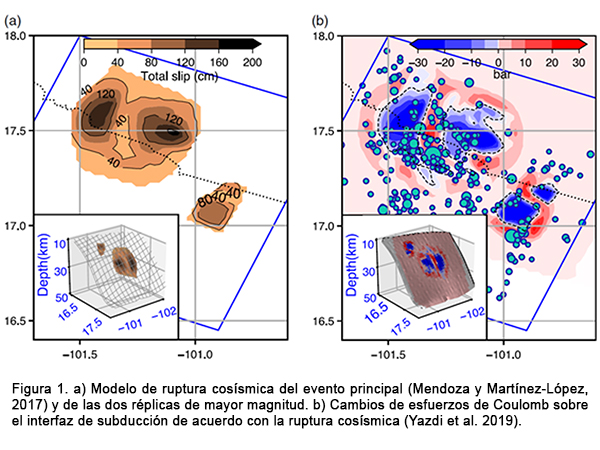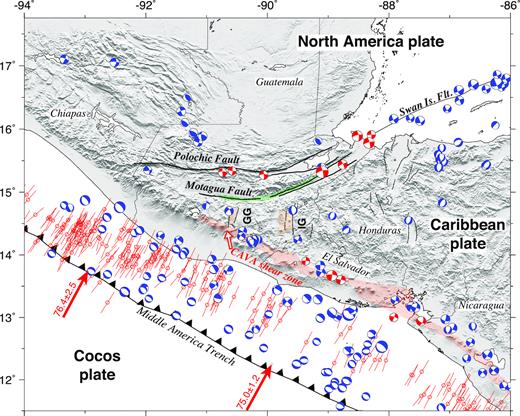We analyze the 2014 Papanoa seismic series, located in the Guerrero, Mexico, subduction interface. First, Coulomb failure stress changes because of the mainshock, and the two largest aftershocks are calculated along the interface. The location of aftershock epicenters largely coincides with areas showing positive stress changes.
Categoría: Difusión
artículos, ponencias en congresos, pósteres, etc.
Crustal motion and deformation in Ecuador from GNSS Time Series
In this paper, we present the first velocity field from cGNSS (continuous GNSS) stations in the Continuous Monitoring GNSS Network (REGME) in Ecuador. We have analyzed data from 33 cGNSS REGME stations for the 2008–2014 period in order to characterize horizontal crustal motion and deformation in Ecuador.
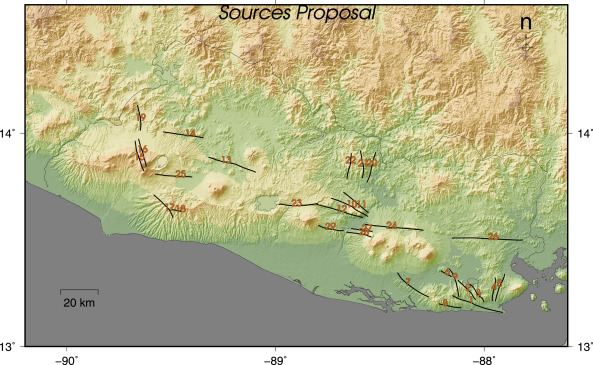
Main crustal seismic sources in El Salvador
We present a map and a data set containing information about intra-plate seismic sources in El Salvador. These are the results of the field campaigns and data analysis carried out by the research group of Planetary Geodinamics, Active Tectonics and Related Risks from Complutense University of Madrid during the last 12 years.

Approach for combining fault and area sources in seismic hazard assessment: application in south-eastern Spain
This paper presents a methodological approach to seismic hazard assessment based on a hybrid source model composed of faults as independent entities and zones containing residual seismicity. The seismic potential of both types of sources is derived from different data: for the zones, the recurrence model is estimated from the seismic catalogue. For fault sources, it is inferred from slip rates derived from palaeoseismicity and GNSS (Global Navigation Satellite System) measurements.
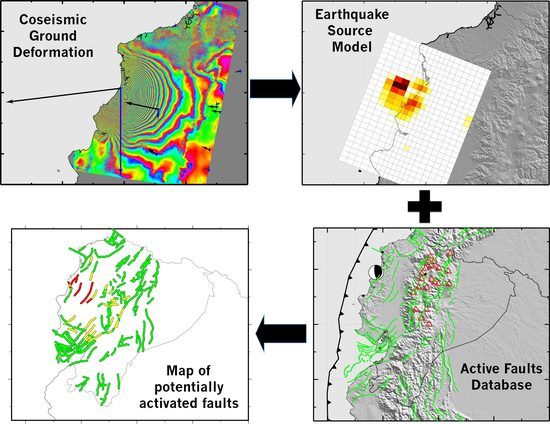
InSAR-Based Mapping to Support Decision-Making after an Earthquake
It has long been recognized that earthquakes change the stress in the upper crust around the fault rupture and can influence the behaviour of neighbouring faults and volcanoes. Rapid estimates of these stress changes can provide the authorities managing the post-disaster situation with valuable data to identify and monitor potential threads and to update the estimates of seismic and volcanic hazard in a region.
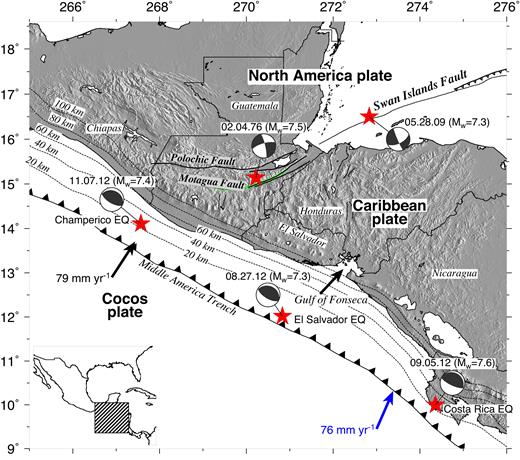
GPS constraints on deformation in northern Central America from 1999 to 2017, Part 1 – Time-dependent modelling of large regional earthquakes and their post-seismic effects.
We use continuous and campaign measurements from 215 GPS sites in northern Central America and southern Mexico to estimate coseismic and afterslip solutions for the 2009 Mw = 7.3 Swan Islands fault strike-slip earthquake and the 2012 Mw = 7.3 El Salvador and Mw = 7.4 Guatemala thrust-faulting earthquakes on the Middle America trench.
Analysis of the 2012 Ahar-Varzeghan (Iran) seismic sequence: Insights from statistical and stress transfer modeling
The 2012 Ahar-Varzeghan (Northwestern Iran) earthquake doublet and its following seismic sequence are analyzed in this paper. First, it is examined the time-varying statistical characteristics of seismic activity since the occurrence of the doublet (two large events with Mw = 6.4 and 6.2) that initiated the sequence on 11 August 2012.

